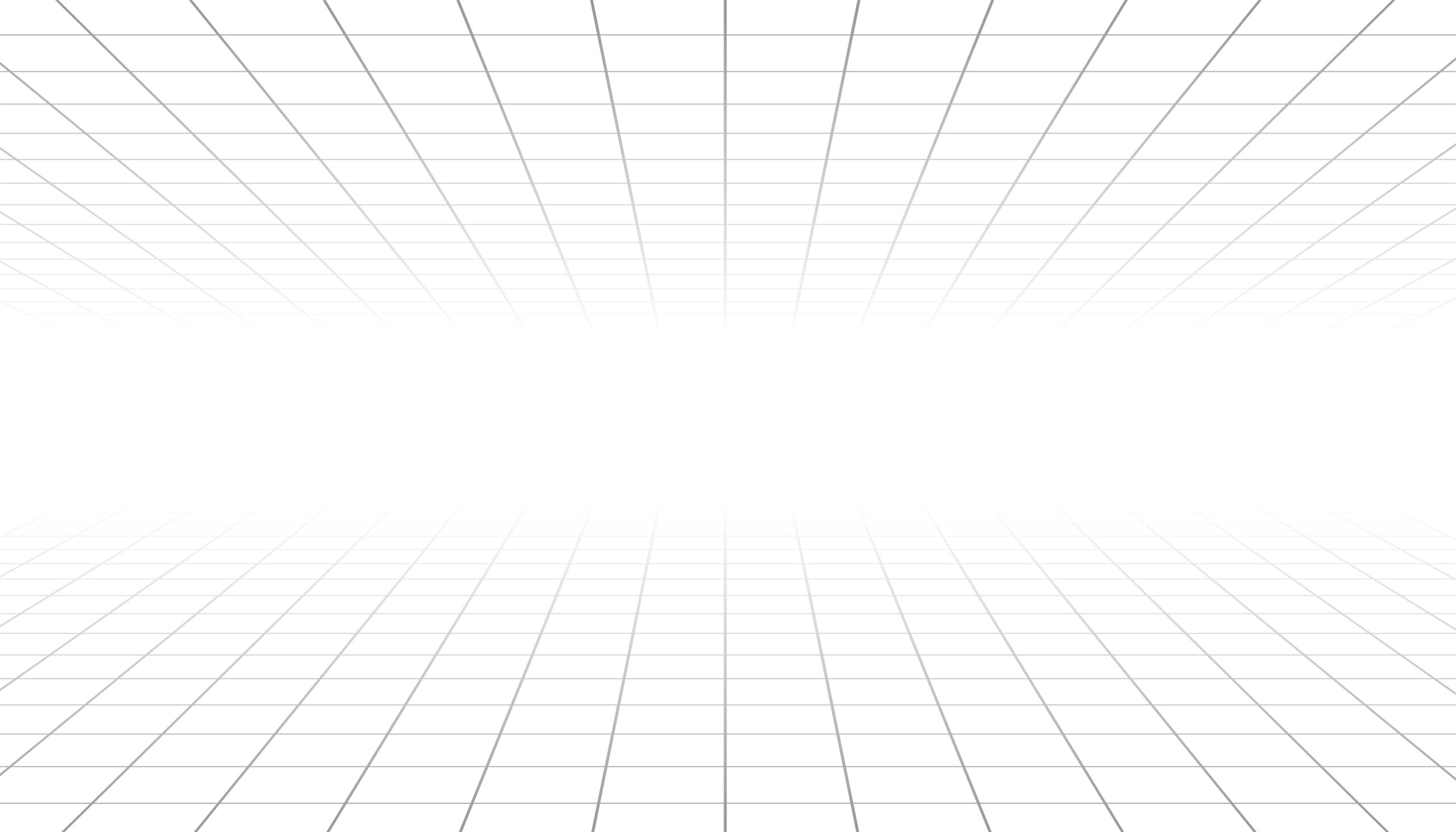Drying out
Some materials your home is constructed from absorb water. During the drying out process, different materials dry out at different rates which often causes minor cracking known as ‘shrinkage’. Shrinkage cracks are perfectly normal and are not a structural problem, nor are they evidence of poor construction.
Shrinkage happens when materials like new timbers shrink as they dry out, which can last up to 12 months. It’s extremely unusual these cracks are structurally significant and they can usually be very easily redecorated over, using an ordinary non-shrink filler and emulsion paint, however we recommend you don’t redecorate until after the 12-month drying out period.
To keep cracks and gaps to a minimum, we advise you allow your new home to dry out slowly by keeping an even temperature throughout and avoiding extremes of hot and cold; the idea is to keep a consistent temperature, allowing the materials to dry out gradually.
Your windows are tilt-and-turn, and can be opened to give more ventilation and allow moisture to evaporate more naturally. Please note that for security, some windows have restricted opening where the window cill is below a certain height.
As part of your 2-year defects insurance, at your request we will visit your new home and inspect any cracks measuring over 3 mm wide (the width of a pound coin).
Condensation
Condensation is a very common problem in a new home that needs to be addressed to avoid it causing damage. During the construction process, the materials of your home absorb lots of water, and once you move in and heat your new home the materials start drying out causing condensation on surfaces like windows, floors and walls; however, this should be reduced to a minimum by the mechanical ventilation system installed (see Ventilation System).
Keep wardrobe doors open slightly whenever possible, to allow air to circulate to reduce any moisture or damp build-up and try not to over fill them. Always keep your furniture slightly away from walls.
Ceilings and walls
The ceilings and wall linings in your home perform important fire, noise and vapour insulation functions. The walls which create the various rooms and spaces in your home are partition walls and are not load bearing.
Wall hangings
Before drilling and fixing anything to your walls or ceilings we strongly recommend buying a cable/pipe detector, which will detect the location of any electrical cables and copper pipework, but please note some pipework is plastic and may not be detected; however, some wall scanners can detect running water in pipes in the wall. As a general rule, you should never drill or nail into a wall directly above any sockets. If you want to fix anything to the walls, you will need special plasterboard fixings available from all good DIY stores.


